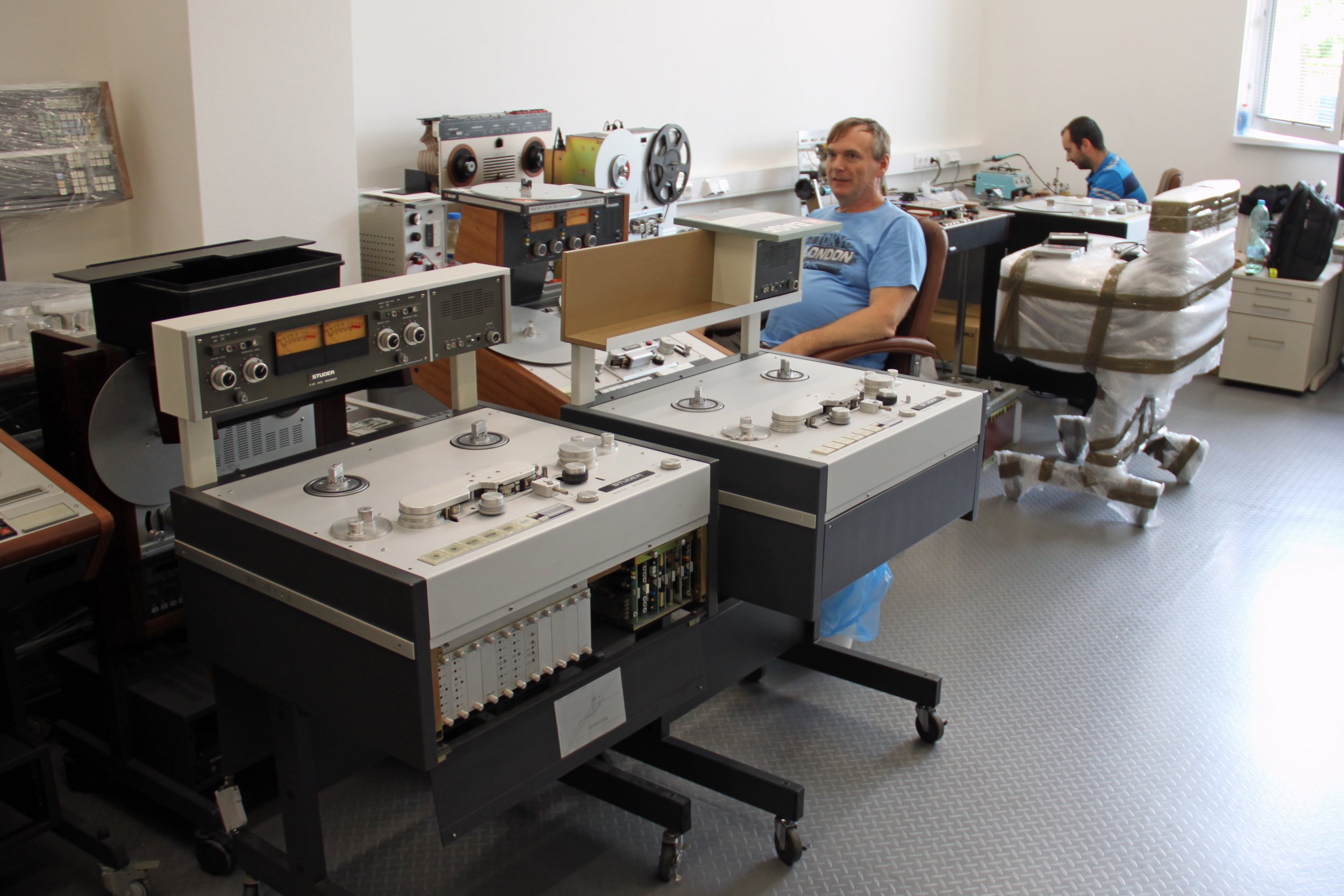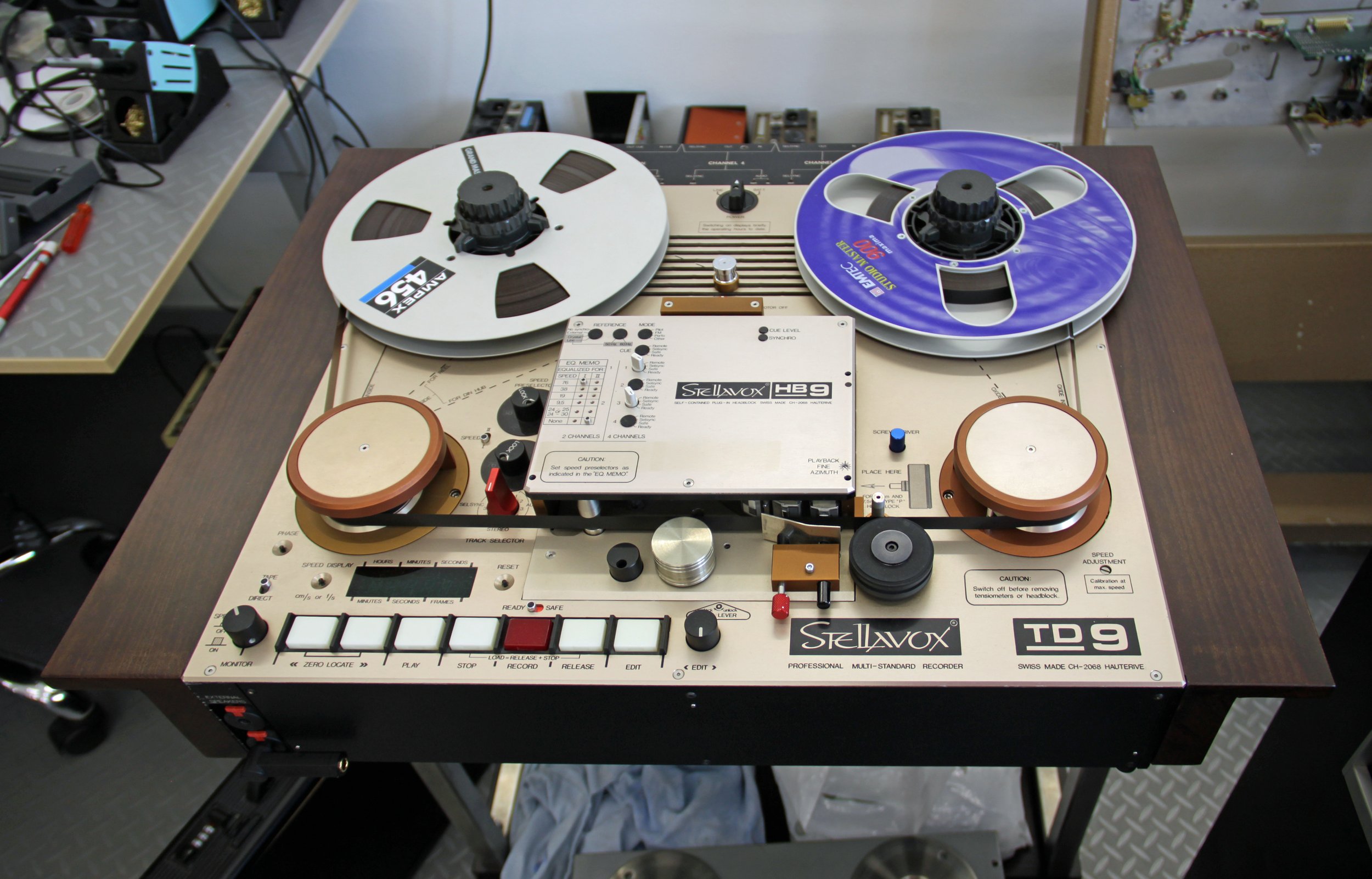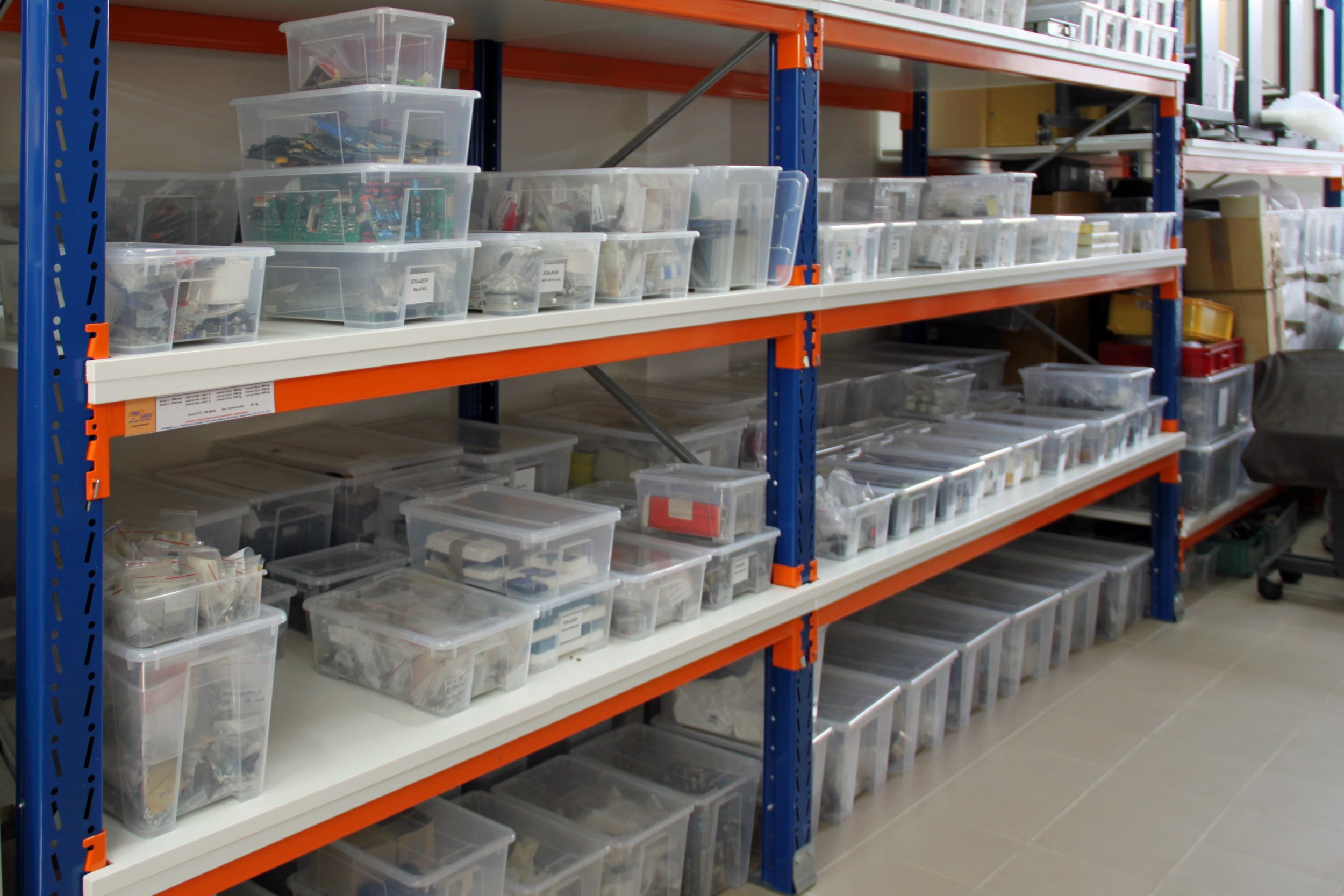Translation of the German review:
Portrait SEPEA audio
When I visited the studio in the town of Nové Mesto nad Váhom in Slovakia in July 2020, I could literally dive into the world of tape machines. I bathed in a sea of technology from an era whose technical and electronic achievements seem almost unreal almost 30 years after they faded away. The tape recorders are giants from a time when money didn't seem to matter; when entire corporate empires cared only about the best sound. At SEPEA audio, the continuation is taking place.
In March 2020, an agreement was reached between AAA (Analogue Audio Association) board member Rainer Bergmann and SEPEA audio CEO Peter Sedlak that AAA master tape copies would be distributed via SEPEA audio's homepage. A short time later I got into the game and was able to review the first two analog recordings from SEPEA audio. These are the titles "Fats Jazz Band - That old Feeling" and "Franz Schubert - Symphonies 1 & 8". There was a lively e-mail correspondence with Peter Sedlak as well as with his collaborators, especially with Ladislav Krajčovič, who is responsible for the sound recordings and for the tape copies. In the course of my summer vacation I was able to visit SEPEA audio in Slovakia. My special pleasure was the detailed narrations of the owner Peter Sedlak, which were hair-trigger about every detail of the restoration of tape machines. There is probably nothing that could stand in the way of relighting the lights and spinning the reels. In the end, all the equipment has a perfect function and an excellent appearance. The idea of leaving all the technical delicacies in their original condition as far as possible, or restoring them carefully, is paramount. Several technicians take care of the Stellavox, Telefunken, Studer and Nagra equipment. On the one hand, the company lives from the sale of these tape machines, on the other hand, other business areas are being developed. At the moment a recording room and a recording studio are under construction. It is intended to produce there itself, from the recording to the finished sound carrier. Learn more on the homepage https://sepeaaudio.com/.
Of course, I had questions upon questions, which I was able to ask Peter Sedlak in a detailed interview.
Claus: What was it like in the 1990s when Slovakia was formed from the former Czechoslovakia? In 2004 came the European Union and NATO, in 2007 came the Schengen Agreement, in 2009 the euro. That must have been a huge change for everyone working in audio. How and when did that start with SEPEA audio, what was the company's path?
Peter: I would like to jump back even further in the years. In a socialist state, it was difficult to make recordings. It was only possible under license and two or three times a year. The tape recorder was the dream of all young people. Everyone had a Tesla cassette recorder and traded music. For tape machines there were only a few tapes from Agfa, BASF and Scotch. There was a lot of discussion about sound.
I worked as a film director for many years. When I was about 40 years old, I found a Studer A807 that was badly damaged. After it was repaired, it was ready to play and the old memories of tape came up. For a while, the film work and the tape work ran in parallel as a hobby. The film work became more and more a "business" and less and less creative. That was the point when the company SEPEA audio was founded. It started in the home. The house became fuller and fuller. Then the first company premises were opened. A few years ago, through a cultural grant from the European Union, we were looking for a location that would be outside the major centers. This is how we ended up here in Nové Mesto nad Váhom. Nevertheless, we are not too far away from Bratislava and Vienna.
The EU, the Schengen Agreement and the Euro opened up immense opportunities for us, which were and are used very gladly and extensively. The open markets brought and still bring products and accessories that are needed for such a company.
Claus: SEPEA audio has a lot of well preserved analog equipment. What happens with it?
Peter: When we were able to get our hands on a lot of used tape machines, we started the tape project.
An extensive project is to get the Stellavox equipment working again. For me, a Stellavox is the best studio recorder. There were problems with the user manuals, the components and the spare parts supply. To counter the great loss to the fan community, manuals and available spare parts were purchased from Switzerland. As is often the case, it was a mixed stock: there were too many of some parts and too few of others. Some of the manuals were written down by hand. Stellavox equipment was handmade, complex, and different in technical implementations from all other equipment. So I asked a technician I knew if he would make his hobby of repairing tape recorders his profession. He agreed and studied the Stellavox documentation. At the same time he started to understand and repair these devices. You have to imagine that already every screw is a special part. About 60% of the former producers could be reactivated for a remanufacture. The remaining approx. 40% are made by new producers. Improved or exchanged are the internal wiring and some components.
Another project is about upgrades for Studer machines. Among others, mono machines were bought on the market. Since these were upgraded to stereo and there were not enough audio boards available on the market, SEPEA audio developed new boards for these machines. This plug-in technology can be optionally ordered and equipped by the customers and is very popular on the market. Of course, at the same time, Studer devices that are in their original condition are carefully brought into a running condition. This also applies to Telefunken equipment.
Claus: What are the plans for the future?
Peter: Since we are not yet finished with the expansion of our studios, as seen during the tour of our rooms, we started with a limited number of analog recordings. That will change at the end of 2020, when all analog mix consoles have been restored and we can invite the first musicians here.
Claus: You have analog tape productions on the market that I've already had a chance to review. Will it stay with the orchestra recordings?
Peter: Right now we are finishing the Requiem by Mozart in a transcription for a string quartet. Another production is the Egmont Overture together with the third symphony "Eroica" by Beethoven.
Claus: Besides their own productions, they now have the master tape copies of the German Analogue Audio Association (AAA) on their sales list and also the program of the traditional Italian label Fonè. I think this is a splendid idea. Are they building themselves into a major international tape player?
Peter: There will be only selected productions. At the moment, these are the AAA master tape copies and the Fonè tape program. For us, only purely analog productions come into question. And the type of music must also fit.
Claus: What is the main focus of SEPEA audio?
Peter: On the quality. Best recorders, only the best material. Without compromise.
Claus: How do you see the future of tape and analog sound carriers?
Peter: The future looks bright to me! The prices for tape machines have skyrocketed, but more important is that these machines are back on the market. The interest in them is very high. Unfortunately, there are hardly any inexpensive tape recorders left.
Claus: Do you have any visions of projects you've always wanted to do that are now within reach now that your profile is rising?
Peter: When an artist starts his career, he usually has little money at his disposal. If he becomes popular, he becomes interesting for big labels. If he signs a contract, the small recording studios are left out. That is the way of things. Our plan is to find good artists with perspective who want to work with SEPEA audio. Another plan is to organize a festival where good music is played and create live recordings.
Claus: Thank you very much for this interview.
Text, interview and photos: Claus Müller
Translated with www.DeepL.com/Translator (free version)





